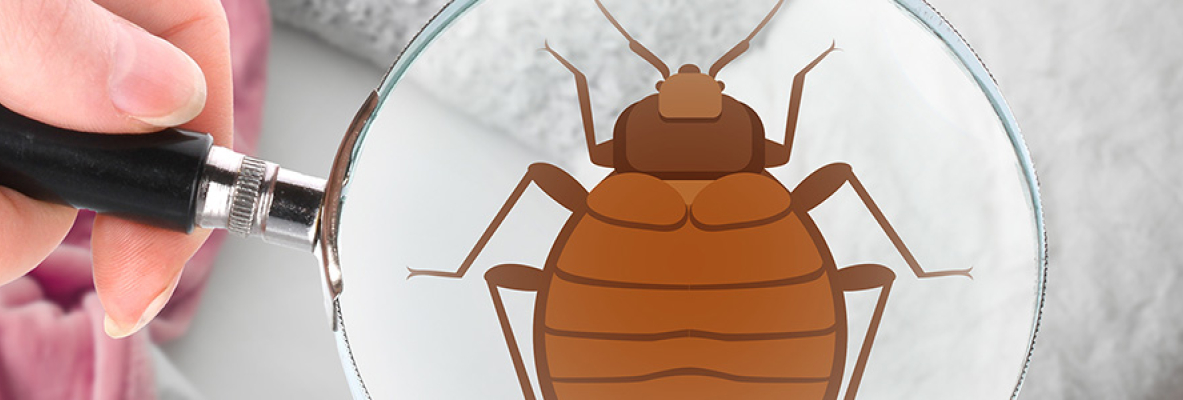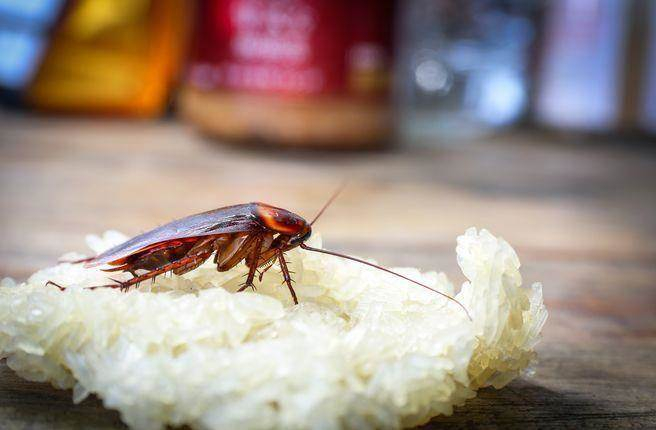
[Classification of cockroaches] Insecta, Blattaria. Sometimes specifically referred to as Blattidae.
【Characteristics of cockroach】 The body is flat, dark brown, and usually of medium size. The head is small and can move. The tentacles are filamentous and the compound eyes are well developed. The wings are flat, covering the back of the abdomen; some species have no wings. Not good at flying, can walk quickly. Not completely perverted. Laying eggs in the egg sheath. There are about 2250 species (more than 6000), mainly distributed in tropical and subtropical regions. Live in the wild or indoors. There are American cockroaches, the largest individuals, and they are often pets.
[Cockroach traceability] and other insects originated in the Devonian period. They are saprophagic animals that live day and night and live in caves. It can withstand the heat and cold, and it has been widely distributed so far. Cockroaches are one of the oldest insects on the planet, and they lived in the same era as dinosaurs. According to fossil evidence, primitive cockroaches appeared on the earth in the Silurian period about 400 million years ago.
The fossils of cockroaches we found or the cockroaches found from coal and amber are not much different from the ones in your cabinet. Its appearance has not changed much for hundreds of millions of years, but its vitality and adaptability have become more and more tenacious. It has multiplied to this day and is widely distributed in all corners of the world. It is worth mentioning that a cockroach with its head removed can survive for 9 days, and the cause of death after 9 days is excessive hunger.

Methods for cockroach extermination:
The methods for cockroach extermination can be classified based on the principle of extermination and the method of administration as follows:
Contact Killers: These methods involve spraying or fumigating pesticides, allowing the pesticides to reach the surface of cockroaches. The pesticides kill cockroaches by coming into contact with their bodies. The main products for contact killing include:
- Pyrethroid spray insecticides, represented by products like Raid and Metathrin. These products were among the earliest to enter the market and have been widely used. However, after more than twenty years of use or misuse, cockroaches have developed strong resistance to them, rendering them almost ineffective, especially against smaller species like the German cockroach.
- Insecticidal powders
- Cockroach foggers, which generate smoke through physical means and use it as a carrier to deliver the pesticide to various corners, such as cockroach fogging bombs.
Stomach Poison: This involves combining cockroach poison with bait, attractants, preservatives, etc., in certain proportions to create toxic baits that cockroaches like to eat, thus killing them. The main products for stomach poison extermination include:
- Cockroach granular baits, where the cockroach poison is mixed with bait and then granulated and dried. These are primarily used for spreading on surfaces in cockroach-infested environments.
- Cockroach gel baits, which are wet, viscous poison baits available in injector and patch forms. These products have good palatability to cockroaches and have a decent residual effect, but they tend to dry out easily. Representative products include Yekang cockroach gel bait.
Biological Cockroach Control: This utilises environmentally friendly methods that are harmless to humans to exterminate cockroaches. The main types include:
- Exploiting the differences in adaptability among different biological species to induce cannibalism and starvation in cockroaches.
- Utilising cockroach viruses to create cockroach plagues that kill cockroaches.
The aforementioned are the more typical and practical types of cockroach extermination methods. There are also a few species that have been omitted due to their limited effectiveness or the restrictions on their use.
While not strictly classified as cockroach pesticides, the following methods have effects similar to cockroach pesticides, and a brief explanation is provided for them:
1. Cockroach Traps: These attract cockroaches into set traps, subsequently killing them, such as the Cao Da Ye cockroach jar and cockroach house.
2. Ultrasonic Cockroach Extermination: This method is gradually being phased out of the market due to its poor efficacy and the small amount of ultrasonic radiation produced during use.
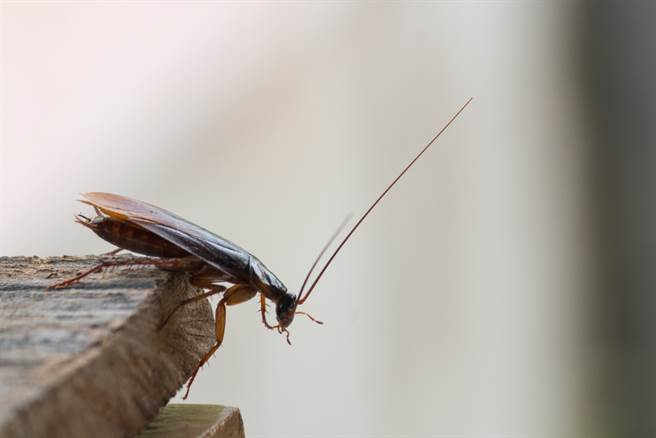
The habits of cockroaches include:
Cockroaches prefer warm, humid, food-rich environments with plenty of crevices, which are the four basic conditions they need for breeding. These conditions are commonly found in buildings where people live and reside, making cockroaches a common household pest.
- Preferring warmth and moisture is a significant behavioural trait of cockroaches. It's easy to observe that whether in hotels, households, or on trains and ships, kitchens are typically the most severely infested areas. Even in kitchens, they tend to reside near stoves and sinks.
- Cockroaches dislike light and prefer darkness, being nocturnal creatures. During the day, they hide in dark, shaded areas such as indoor furniture, cracks in walls, holes, corners, and piles of debris. They become active outdoors, particularly seeking food or mates, after lights are out and people are asleep. Thus, about 75% of their time is spent resting each day. With their flat bodies, cockroaches can squeeze into narrow crevices and cavities, hiding in spaces as small as 1.6 millimetres wide. When residing in these crevices, females carrying eggs can settle in gaps as narrow as 4.5 millimetres wide. Their antennae are often extended outward, occasionally waving, while their legs are pressed against their bodies or in contact with the support surface, maintaining a state of vigilance.
- Different species have distinct habitat preferences. German cockroaches are commonly found in various crevices such as around pipes, cracks in walls, skirting boards, and gaps between floors. American cockroaches prefer larger cavities and favour damp, warm environments such as fermentation rooms in breweries and soy processing plants, as well as frequently inhabit sewers, basements, and other underground areas. Oriental cockroaches are often found in corners under dish cupboards, tables, and sinks.
- In winter, they often congregate in kitchens near heat sources such as stoves and radiators for warmth. During the scorching summer season, when kitchen temperatures become too high, they disperse and migrate elsewhere, reducing the density of cockroaches in the kitchen but expanding their distribution. Cockroaches also exhibit gregarious behaviour. It is common to find several to hundreds of cockroaches gathering together at a nesting site, primarily due to the attraction of aggregation pheromones. Both adult and juvenile cockroaches can secrete an "aggregation pheromone" from the rectal pads, which can be excreted with faeces. In places where cockroaches inhabit, brown faecal stains formed by their excrement can often be seen. The more faecal stains present, the more cockroaches tend to aggregate. Therefore, in cockroach control, maintaining cleanliness and removing traces of cockroaches are essential measures.
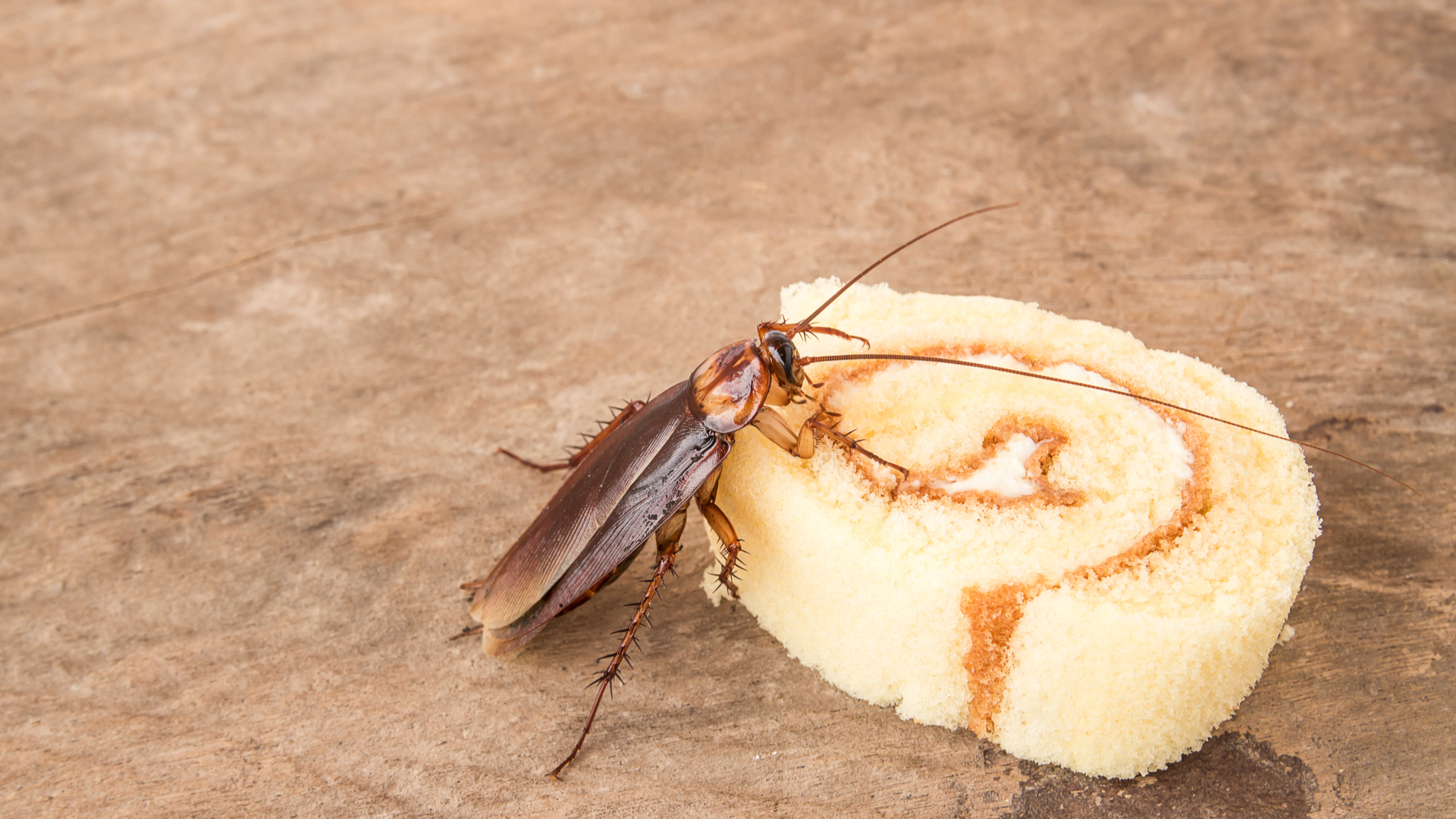
The dietary habits of cockroaches
Cockroaches are omnivorous insects with a broad range of dietary preferences. They consume various food items including bread, rice, pastries, cooked meats, vegetables, fruits, and beverages, with a particular fondness for fragrant, sweet, and oily foods.
Cockroaches have a penchant for oils, with sesame oil being especially enticing to them, leading to some areas referring to them as "grease thieves". Among sugars, brown sugar and syrup are particularly attractive to them.
In addition to their appetite for various food items, cockroaches also frequently gnaw on other objects. For instance, in residential areas, warehouses, and storage rooms, they may nibble on cotton fabrics, leather goods, paper, books, soap, and more.
In outdoor environments such as garbage heaps, drains, and toilets, they primarily feed on decaying organic matter and may even gnaw on dead animals.
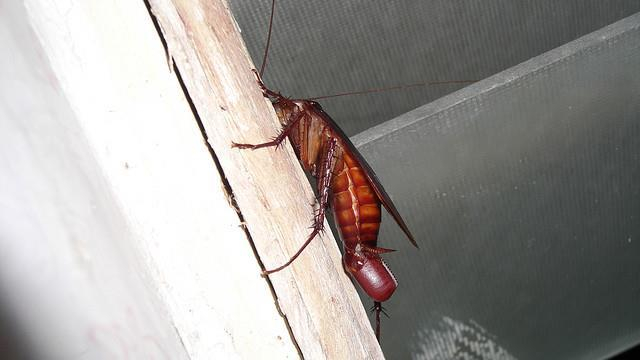
The dietary habits of cockroaches
Cockroaches are omnivorous insects with a wide range of dietary preferences. They consume various food items including bread, rice, pastries, cooked meats and vegetables, fruits, beverages, and more. They particularly favour foods that are fragrant, sweet, and oily, with a preference for oil-rich foods. Among different types of plant oils, sesame oil is particularly enticing to them, hence they are sometimes referred to as "grease thieves".
Regarding sugars, brown sugar and syrup are highly attractive to them.
In addition to their appetite for various food items, cockroaches also have a tendency to gnaw on other materials. In homes, warehouses, and storage areas, they may nibble on cotton fabrics, leather goods, paper, books, soap, and similar items.
In outdoor environments such as garbage piles, drains, and latrines, they feed on decaying organic matter and may even scavenge on dead animals.
Cockroach infestations pose several hazards to both human health and property.
Cockroaches can artificially infect humans with bacteria that cause diseases such as cholera, pneumonia, diphtheria, glanders, anthrax, and tuberculosis.
They can carry various types of worm eggs, including those of roundworms, hookworms, beef tapeworms, pinworms, and whipworms. Cockroaches can also serve as intermediate hosts for various types of nematodes, such as pinworms, short-membrane tapeworms, and trichinella spiralis.
Although it is generally believed that pathogens cannot reproduce within cockroaches and they act as mechanical vectors, their wide-ranging habitat and varied diet, including scavenging in garbage and toilets, as well as feeding on food, cannot be ignored in the spread of intestinal diseases and parasite eggs. Additionally, there have been reports of allergies caused by cockroach body fluids and faeces.
Furthermore, damage caused by cockroaches biting into factory products, store merchandise, and household food items can result in economic losses. Occasionally, malfunctions in communication devices and computers have also been attributed to cockroach infestations, leading to accidents.
Some refer to cockroaches as "computer bugs" abroad. The seasonal activity of cockroaches varies slightly in different regions. They become active from mid-April, with their activity and density increasing significantly as temperatures rise each month. The peak of their activity occurs from July to September, with August being the peak density period.
Their activity decreases as temperatures drop from October, and they enter a period of dormancy from December to March of the following year.
Media coverage and our pest extermination process



